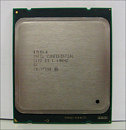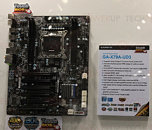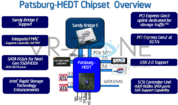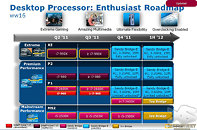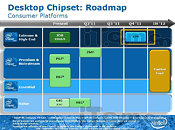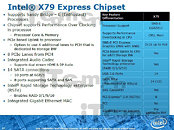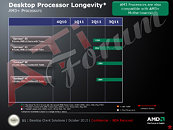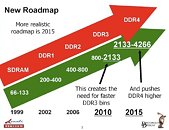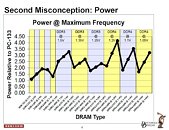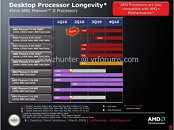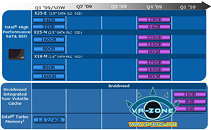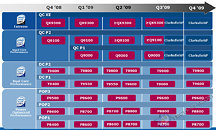
Sandy Bridge-E Delayed to January 2012: Sources
Originally slated for Q4 2011, the launch of Intel's Sandy Bridge-E desktop/workstation platform has been pushed back to Q1 2012, sources told VR-Zone. The high-end platform was expected by industry observers to be a December launch, targeting the shopping season, but it seems like January 2012 is found to be more fitting. Perhaps the International CES, where the latest and greatest from the tech industry is unveiled, serves as the ideal launch-pad for Sandy Bridge-E.
Sandy Bridge-E is an upscale of the architecture that makes up Intel's 2011 Core processor family. Consisting of 4 or 6 cores, Sandy Bridge makes up two distinct product lines for the client desktop market. The chips pack massive quad-channel DDR3 integrated memory controllers and PCI-Express 3.0 hubs that can drive up to four graphics cards. The processor is made of a new 2011-pin LGA package, with the new Intel X79 chipset handling the rest of the platform.
Sandy Bridge-E is an upscale of the architecture that makes up Intel's 2011 Core processor family. Consisting of 4 or 6 cores, Sandy Bridge makes up two distinct product lines for the client desktop market. The chips pack massive quad-channel DDR3 integrated memory controllers and PCI-Express 3.0 hubs that can drive up to four graphics cards. The processor is made of a new 2011-pin LGA package, with the new Intel X79 chipset handling the rest of the platform.
